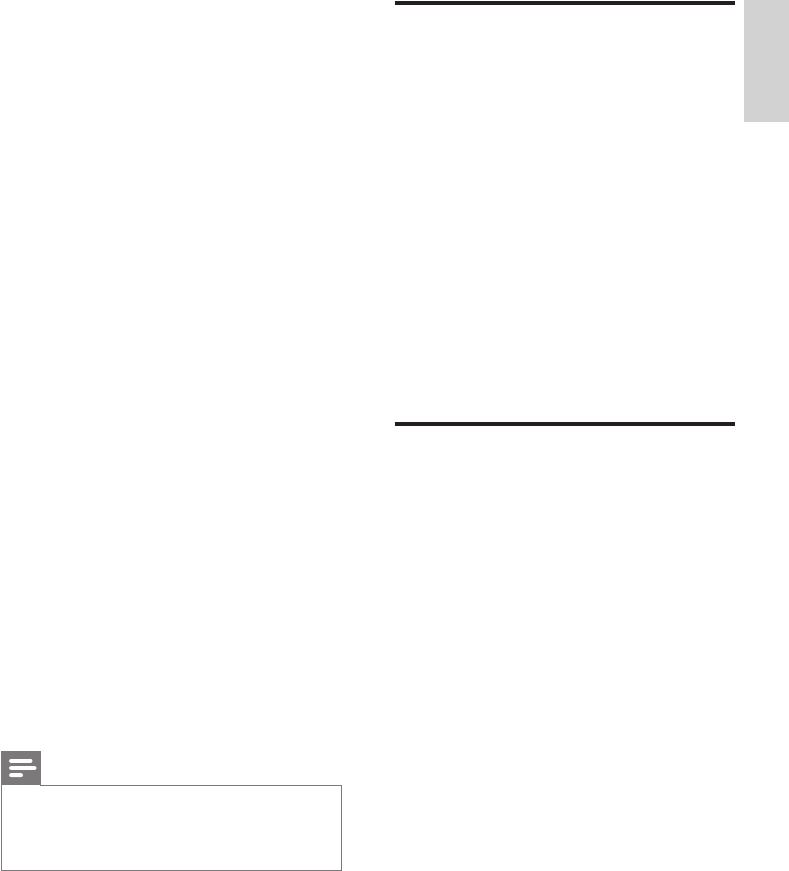
7
FCC RF radiation exposure
statement
This equipment complies with FCC RF
radiation exposure limits set forth for an
uncontrolled environment. This equipment
should be installed and operated with a
minimum distance of 20 centimeters between
the radiator and your body. This transmitter
must not be co-located or operating in
conjunction with any other antenna or
transmitter.
For hand held operation, this phone has
been tested and meets the FCC RF exposure
guidelines. Use of other accessories may not
ensure compliance with FCC RF exposure
guidelines.
Industry Canada technical
specications
This equipment meets the applicable Industry
Canada Terminal Equipment Technical
Specications. This is conrmed by the
registration number. The abbreviation, IC,
before the registration number signies
that registration was performed based on
a Declaration of Conformity indicating that
Industry Canada technical specications were
met. It does not imply that Industry Canada
approved the equipment.
Operation is subject to the following two
conditions:
1 This device may not cause interference;
and
2 This device must accept any interference,
including interference that may cause
undesired operation of the device.
This Class B digital apparatus complies with
Canadian ICES-003.
This device has been tested and found to
comply with the limits for a Class B digital
device, pursuant to part 15 of the FCC
Rules. These limits are designed to provide
reasonable protection against harmful
interference in a residential installation. This
equipment generates, uses and can radiate
radio frequency energy and, if not installed
and used in accordance with the instruction
manual, may cause harmful interference to
radio communications.
However, there is no guarantee that
interference will not occur in a particular
installation. If this equipment does cause
harmful interference to radio or television
reception, which can be determined by
turning the equipment off and on, the user is
encouraged to try to correct the interference
by one or more of the following measures:
Relocate the receiving antenna.•
Increase the separation between •
equipment and receiver.
Connect the equipment into an outlet on •
a circuit different from that to which the
receiver is connected.
Consult the dealer or an experienced •
radio/TV technician for help.
Also, the Federal Communications
Commission has prepared a helpful booklet,
“How To Identify and Resolve Radio/TV
Interference Problems”. This booklet is
available from the U.S. Government Printing
Ofce, Washington, D.C. 20402. Please
specify stock number 004-000-00345-4 when
ordering copies.
Note
The changes or modications not expressly •
approved by the party responsible for
compliance could void the user’s authority to
operate the equipment.
English
EN


















